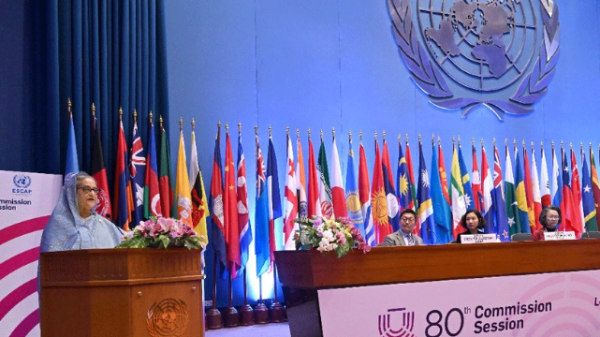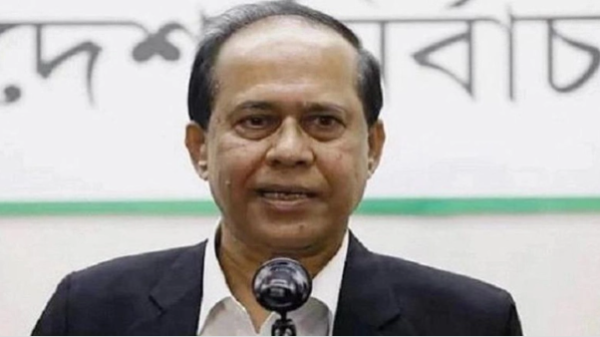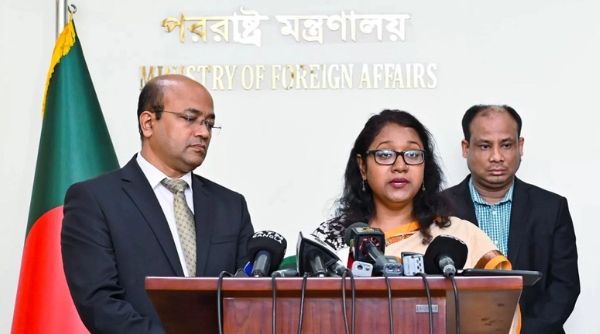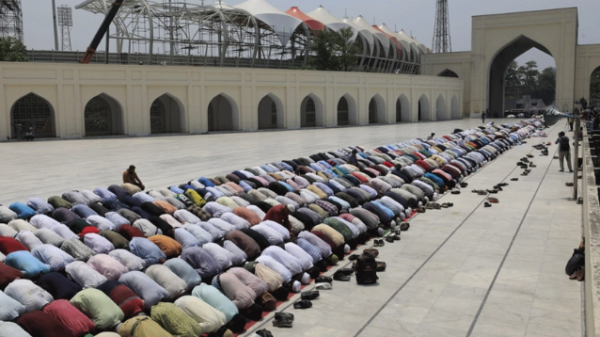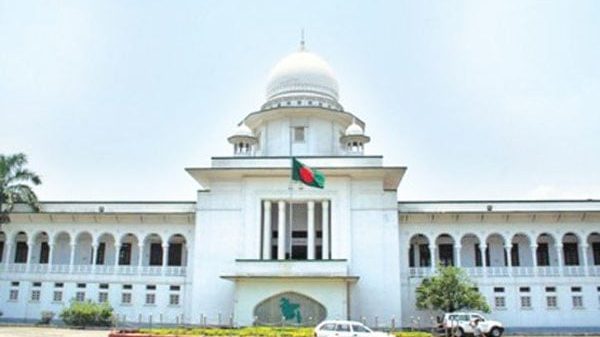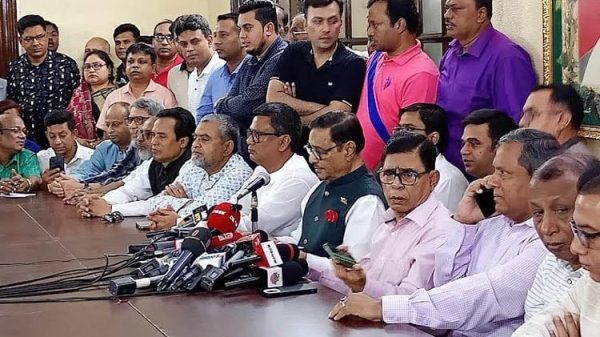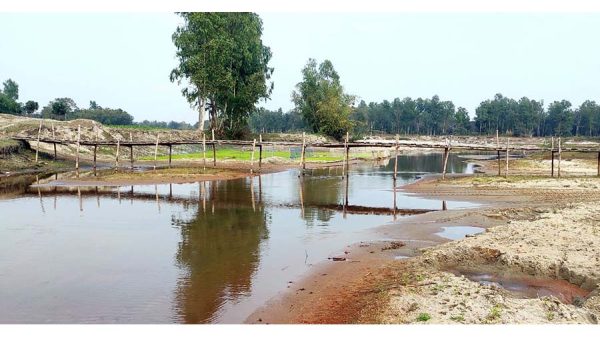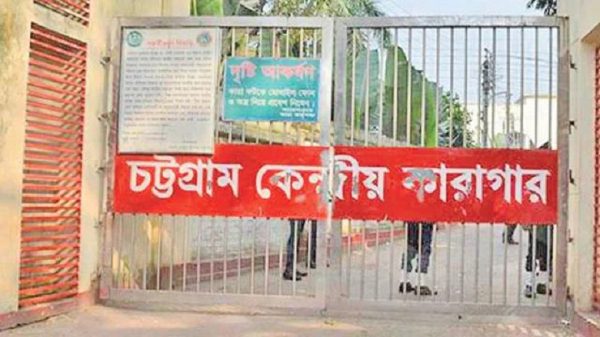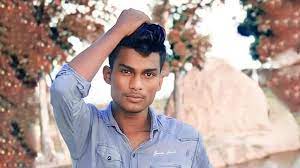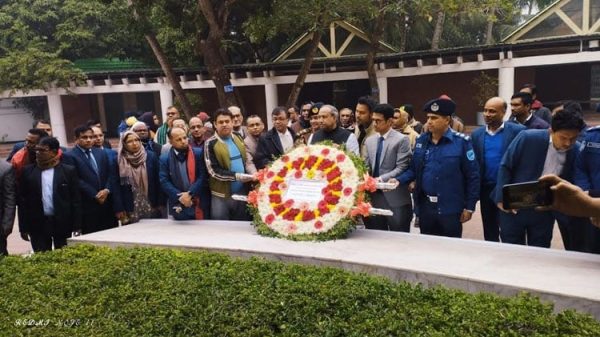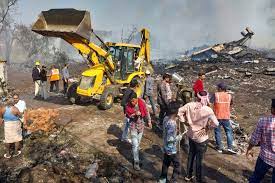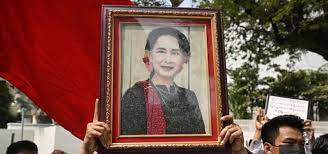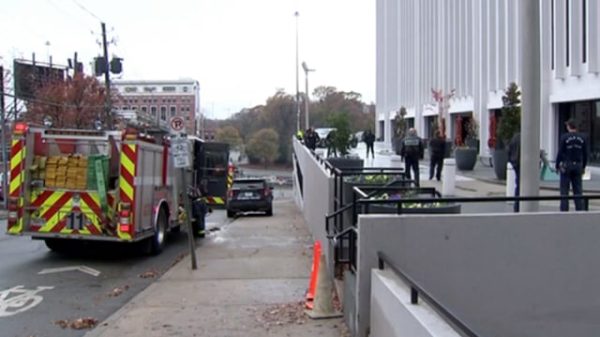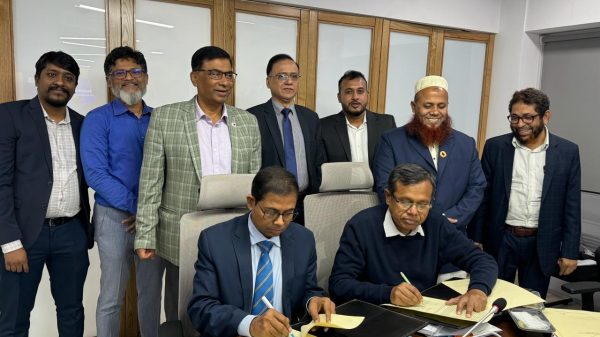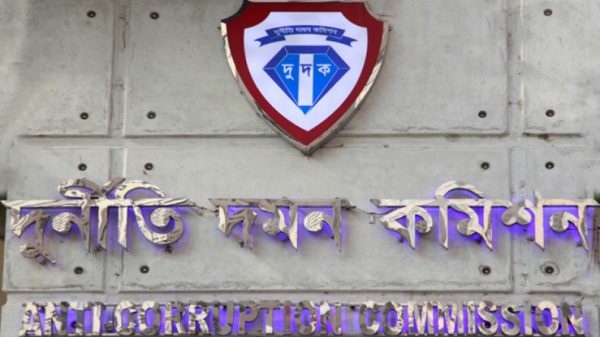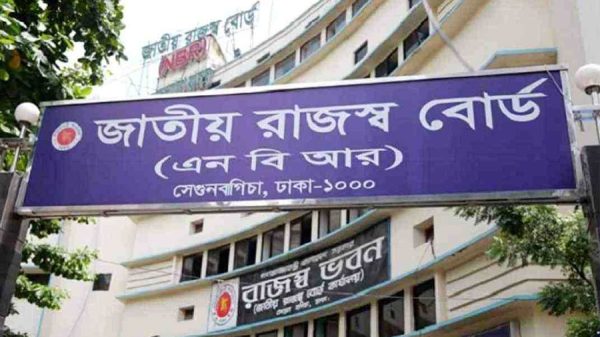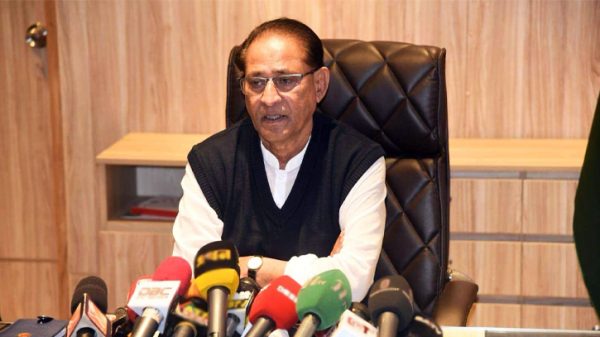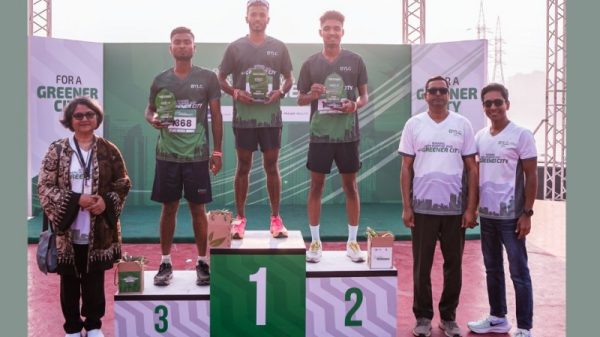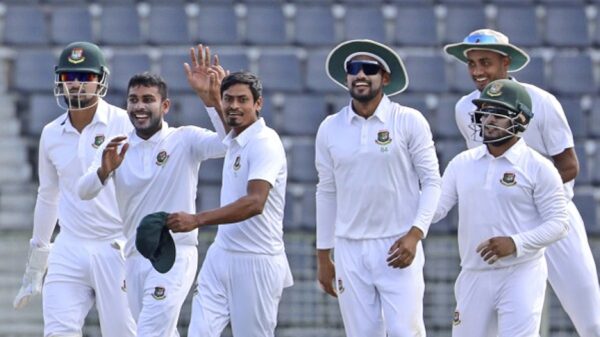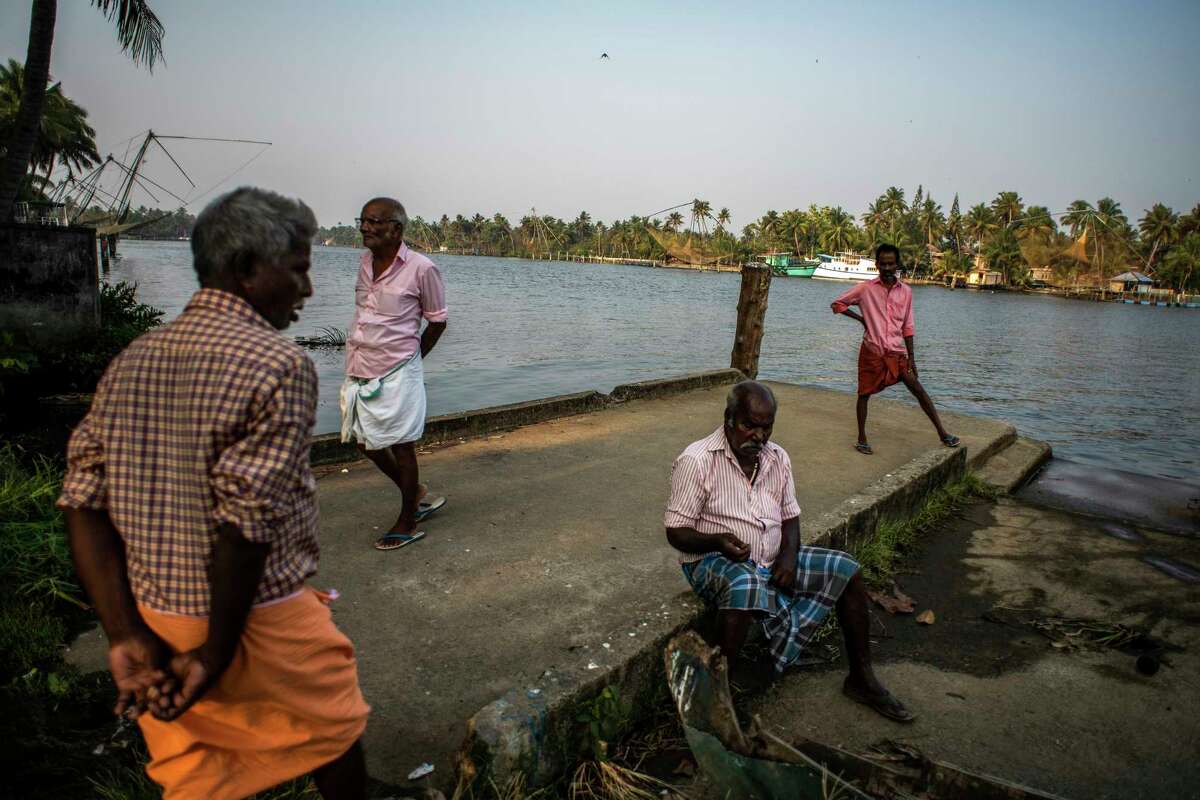When 82-year-old Vasanthi Baby almost tripped while climbing down the stairs in her home in southern India’s Kerala state, she decided, along with her 84-year-old husband V. Baby, to move to an assisted living center.
The couple are two of a growing number of people in India’s only aging state that are moving into as-sisted living centers. They’re happy with the care they receive: round-the-clock access to nurses, the reas-suring company of their own generation and healthy, regular meals.
“There is a feeling of safety we can only get here,” V. Baby said. “We cannot get this at home.”
Like millions of others in the region, Baby, a retired math professor, spent his life savings building a two-floor multi-bedroom home. It was meant to last generations: their son Sony was supposed to have and grow his family here, but he emigrated to the United Arab Emirates for work and a better quality of life.
In the past 60 years, the percentage of people age 60 and over in Kerala has shot up from 5.1% to 16.5% — the highest proportion in any Indian state. This makes Kerala an outlier in a country with a rapidly growing population, soon to be the world’s most populous at 1.4 billion. India has a booming workforce and young population, but language barriers, climate threats, minimal federal provisions and an increas-ing desire among younger people like Sony to live elsewhere put the state’s older people in a precarious position.
EDITOR’S NOTE: This story is part of an ongoing series exploring what it means for the 1.4 billion inhabitants of India to live in what will soon be the world’s most populated country.
The country’s population has more than quadrupled since its independence from colonial rule 75 years ago. But the world’s largest democracy remains, in many ways, two countries: a place that is both urban and rural, modern and pre-industrial, opulent and impoverished. For older people, where they fall on the divide determines how they’ll live out their autumn years.
Just 20 kilometers away (12 miles) from the assisted living center, in the Mattancherry neighborhood of Kerala’s financial capital Kochi, 65-year-old Zainaba Ali lives in a small room with an asbestos roof in a corner of her daughter’s house.
Ali spent most of her youth working in the countries around the Middle East as a cleaner but has little savings to show for it. After developing arthritis and a slew of other health conditions making her unable to work, she returned to India.
“I receive a small pension from the government but that hasn’t come through in months. I survive on the goodwill of my children,” Ali said. Her daughter doesn’t work and her son is a daily wage laborer. “Even buying medicines has become difficult now.”
In India, people over 60 are entitled to a state pension of roughly 1,600 rupees ($20) a month, usually not enough for basic necessities. It means that many older people rely on their children if they are no longer able to work and don’t have enough saved up. In Kerala, where there are over 4.2 million elderly people, it can be tough on families’ finances.
Flooding and heat waves, both made worse by human-caused climate change, adds to the vulnerability of Kerala’s older people, said Anjal Prakash, a research director at the Indian School of Business.
Kochi in particular has been bearing the brunt of the damages. A disastrous flood in 2018 sunk large parts of the city. The summer months are getting hotter and longer and rains are becoming more erratic and concentrated.
“During monsoons we need to hold open umbrellas inside the house,” Ali said, pointing to buckets kept in various corners of the house. “Summer has become absolutely unbearable. Because of the scorching sun, we often go to the seashore seeking a bit of shade. Inside here the fan does not even run properly.”
Prakash said specific measures to look after older people who have their own needs and vulnerabilities is a “dark spot” in climate policy.
“Understanding the specific needs of seniors is the first step in protecting them. … People are not trained to rescue older people and children,” he said.
The movement of younger people away from the state also means fewer people to care for their older relatives.
Poonam Muttreja, the executive director of the New Delhi-based Population Foundation of India, point-ed to a steady stream of outward migration from Kerala for at least 50 years. In the 1960s and 1970s, “there was a huge migration to the Middle East, eastern Africa.” Many went to other countries as school teachers or nurses, a trend that’s continued in more recent times, now also to Europe and north America, she said.
The aging population, combined with the migration of younger generations, means there will be 35 peo-ple over 60 in the state for every 100 working-age people by 2030, according to the Kerala government. It means more assisted living facilities would be needed, with enough workers to staff them.
“Getting qualified employees is a big challenge today and bringing people from other states doesn’t al-ways work because of language barriers,” said Alex Joseph, the managing trustee of Signature Homes, the assisted living center where the Babys reside. Joseph added that getting staff from within Kerala is also difficult since most of them aspire to migrate abroad for work.
“Kerala probably sends out more nurses to the rest of the world than any other single region in India or elsewhere. To get them to stay here and work here for long periods is extremely difficult,” he said.
The state’s unique demographics in India are due to declining fertility and increasing life expectancies as a result of statewide policies. Since the state was formed in 1956, Kerala prioritized social welfare and invested heavily in public health and education.
It paid off: Kerala’s literacy rate is 93% compared to India’s 75%. It’s also the only state in India to have a maternal mortality rate that is less than one for every 100,000 live births.
In other parts of India, especially in poorer regions in the north, states have a larger population, higher levels of corruption and other factors that cause them to lag behind in health and education, Muttreja said.
But like Kerala, “southern Indian states have lower fertility rates because they invested in literacy, health infrastructure and family planning,” said Muttreja. She estimated that states like southern Tamil Nadu could also see Kerala-like trends in the long and medium term.
Although that’s good news for most younger working people, it can be tough on older generations.
Despite his cheerful demeanor, Baby admits he misses his son but agrees there is a better life to be had elsewhere.
“I cannot ask him to stay here,” he said–Net


